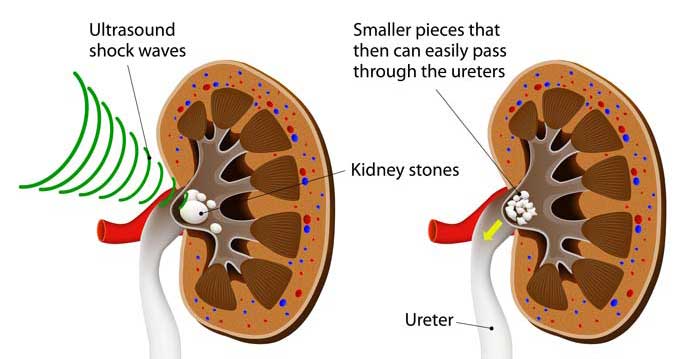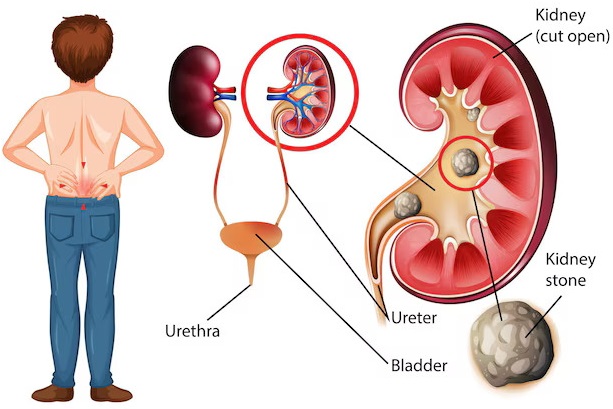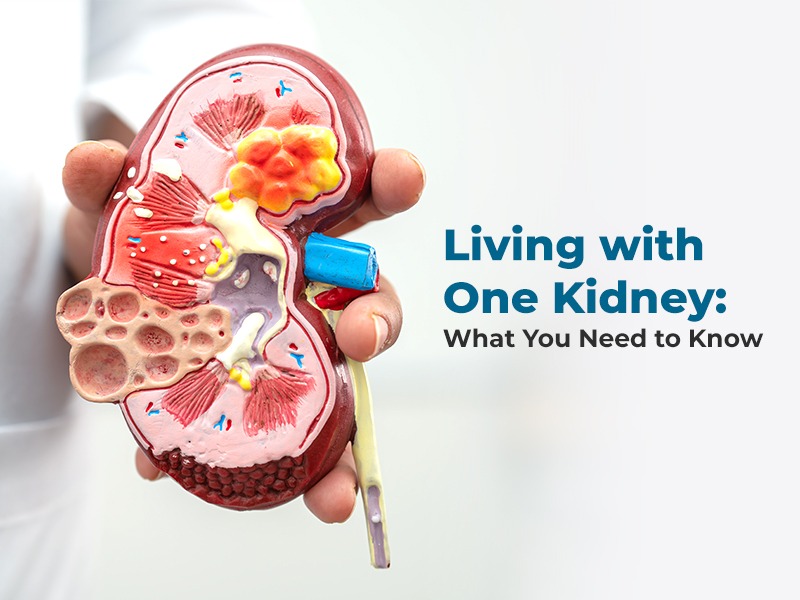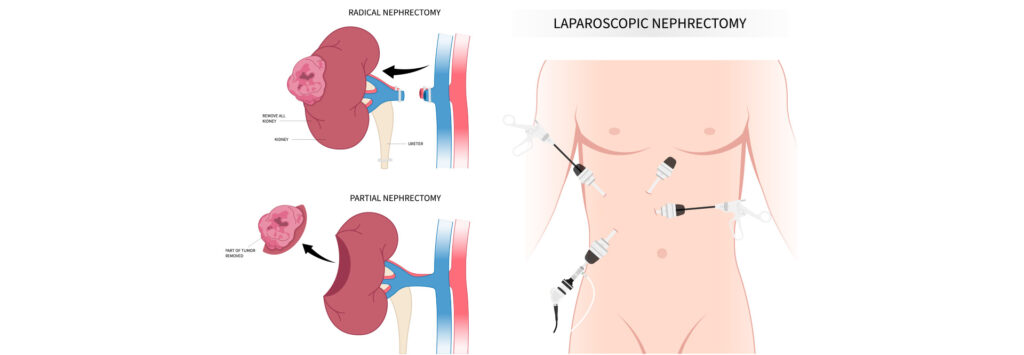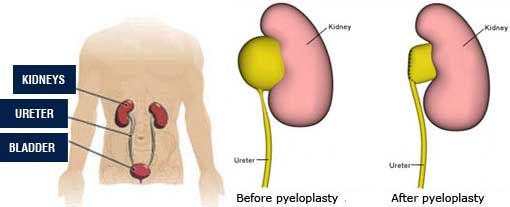Shock Wave Lithotripsy (SWL) is a non-invasive medical procedure used to break kidney or ureteral stones into smaller pieces using high-energy sound waves (shock waves). These small fragments can then pass naturally through the urinary tract
You may need SWL if
You have kidney stones or ureter stones between 4 mm to 20 mm.
The stone is visible on X-ray or ultrasound.
The stone is in the kidney or upper ureter.
You have pain, bleeding, or infection due to stones.
You want to avoid surgery.
Other treatments (like medications) did not work.
Here is a step-by-step explanation of how Shock Wave Lithotripsy (SWL) is performed
1. Pre-Procedure Preparation
Medical Evaluation – Imaging tests (X-ray, CT scan, or ultrasound) are done to locate the stone and determine its size and position.
Fasting – You may be asked to avoid food and drink for 6–8 hours before the procedure.
Medication Review – Blood thinners or certain medications may be stopped temporarily.
Anesthesia – Light sedation or general anesthesia may be used to reduce pain or movement during the procedure.
2. During the Procedure
Positioning – You lie on a water-filled cushion or a special table, depending on the machine used.
Imaging Guidance – The doctor uses X-ray or ultrasound to target the stone accurately.
Shock Wave Delivery – A lithotripter machine generates high-energy sound waves focused on the stone.
Stone Fragmentation – The shock waves pass through the skin and break the stone into small fragments.
Duration – The procedure typically lasts 30 to 60 minutes.
3. Post-Procedure Care
Observation – You may be monitored for a few hours and discharged the same day.
Symptoms – Mild pain, blood in urine, or bruising at the skin site is common.
Hydration – You are advised to drink plenty of fluids to flush out stone fragments.
Medications – Pain relievers and sometimes antibiotics are prescribed.
Follow-up – Imaging is done after a few weeks to ensure the stone is cleared completely.
You may pass stone fragments over several days to weeks.
Some patients may need repeat SWL sessions if stones are not completely broken.
If SWL fails, other options like URS (ureteroscopy) or PCNL may be considered.







